It’s midnight, and somewhere in the city, a pair of glowing eyes peeks out from under a dumpster. The soft rustle of tiny hands rifling through a trash can signals the presence of a creature that’s become as much a part of urban America as streetlights and sirens. The raccoon—America’s masked bandit—has not only survived the relentless march of urbanization but has thrived in it. What is it about these clever, ring-tailed mammals that makes them so astonishingly adaptable? From the depths of dark forests to the heart of bustling cities, raccoons have rewritten the rules of survival, turning our neighborhoods into their playgrounds and our leftovers into a nightly feast. Their story is one of intelligence, audacity, and a resilience that borders on the legendary. Let’s take a closer look at the remarkable journey of the raccoon, and discover what makes this animal the ultimate urban survivor.
Unmistakable Appearance: The Masked Marvel
With their black facial “mask” and bushy, ringed tails, raccoons look like tiny outlaws—or maybe mischievous superheroes. Their masked faces have inspired legends and stories across cultures, and for good reason. This striking feature isn’t just for show; it actually helps reduce glare and enhances their night vision, giving them an edge in the dark. Their fur color blends perfectly with the shadows, making them nearly invisible at night. If you’ve ever caught a raccoon’s gaze in your headlights, you know their look is both enchanting and a bit eerie. Even children can recognize a raccoon instantly, thanks to their unforgettable appearance. It’s almost as if nature dressed them for a role in a heist movie, and they’ve played the part to perfection for generations.
Origins of the Bandit: From Forests to Front Yards
Raccoons originally inhabited North America’s dense forests, wetlands, and riverbanks, thriving in the wild long before cities rose around them. Their native range stretches from southern Canada to Panama, but over time, they’ve expanded as humans altered landscapes. The transformation from woodland dweller to urban expert didn’t happen overnight. As forests were cleared and towns sprang up, raccoons began exploring human settlements—first as curious visitors, then as permanent residents. Their journey mirrors the expansion of America itself, adapting step by step to new opportunities and challenges. Amazingly, in just a few generations, raccoons have gone from shy forest foragers to bold city slickers, showing that adaptability is in their DNA.
Nightlife Navigators: Masters of the Urban Jungle
Raccoons are quintessential creatures of the night. Their nocturnal habits give them a natural advantage in cities that never sleep. When most people are settling in for the night, raccoons are just getting started, slinking through backyards and alleyways in search of food and adventure. Their keen sense of touch helps them explore their environment in the dark, while their nimbleness allows them to climb fences, rooftops, and even open doors. Urban landscapes, with their endless hiding spots and food sources, have become raccoon playgrounds. Unlike many wild animals that shy away from city life, raccoons have embraced it, learning to read human behavior and avoid trouble. Their nightlife escapades have made them the stuff of urban legend—equal parts nuisance and marvel.
Dietary Daredevils: The Ultimate Opportunistic Eaters
If there’s one thing raccoons are famous for, it’s their love of leftovers. But their diet goes far beyond raiding trash cans. Raccoons are true omnivores, munching on fruits, nuts, insects, eggs, small animals, and whatever else they can find. In the wild, they’ll scoop up crayfish from streams or pluck berries from bushes. In the city, pizza crusts and discarded hot dogs are delicacies. Their flexible diet is a key reason they’ve survived—and thrived—where other species have struggled. Raccoons are masters of improvisation, turning a suburban compost bin into a gourmet buffet. Their willingness to eat almost anything makes them shockingly resilient in constantly changing environments.
Paws with a Purpose: Dexterity Like No Other
If you’ve ever watched a raccoon open a latch or unscrew a jar, you know their paws are nothing short of miraculous. With five long, flexible fingers, raccoons can manipulate objects almost as well as primates. Scientists have marveled at their ability to solve puzzles, open containers, and even unlock cages. This dexterity allows them to access food that’s off-limits to most other animals. It’s not unusual for raccoons to open coolers at campsites or pry open attic vents. Their hands give them a unique edge in the urban environment, where resourcefulness can mean the difference between a meal and going hungry. In a way, raccoon paws are their secret weapon in the battle for urban survival.
Street Smarts: Intelligence and Problem-Solving
Raccoons are not just physically skilled—they’re also remarkably smart. Studies have shown that raccoons can remember the solutions to problems for years. They’re curious, persistent, and quick to learn from their environment. Observations have revealed raccoons working together to open complicated garbage bins or using water to clean their food. Their intelligence makes them hard to outwit, much to the frustration of homeowners and city officials. In fact, some researchers argue that raccoons possess cognitive abilities similar to monkeys and dogs. Their street smarts have allowed them to adapt to new threats and opportunities, giving them a remarkable evolutionary advantage.
Mothers and Kits: A Family Affair
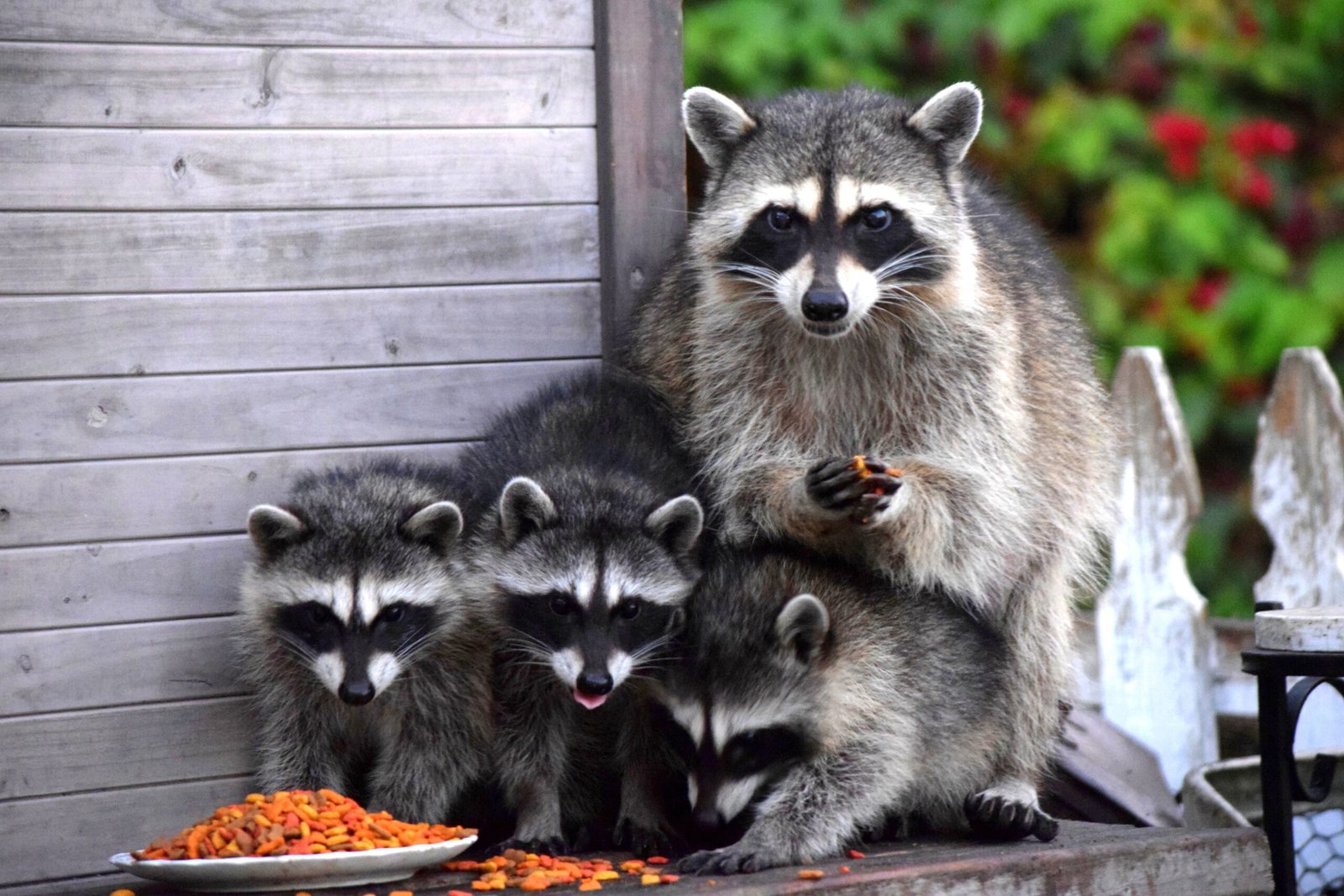
Raccoon family life is surprisingly complex and tender. Female raccoons, called sows, are fiercely protective mothers. Each spring, a sow gives birth to a litter of kits—usually three to five—nestled safely in a tree hollow, attic, or even an abandoned car. For several months, she teaches them how to climb, forage, and avoid danger. Kits learn quickly, following their mother on nighttime expeditions and copying her every move. This strong family unit is crucial for survival, especially in the city where dangers abound. The bond between a mother raccoon and her young is touching, and watching a parade of kits trailing after their mom is a reminder of how adaptable and caring these animals can be.
Communication: Chatter, Chirps, and Growls
You might think of raccoons as silent night prowlers, but they’re actually quite chatty. Raccoons use a range of vocalizations—over 200 different sounds—to communicate with each other. From soft chirps and trills to sharp growls and hisses, each sound serves a purpose, whether it’s warning of danger or calling to their kits. They also use body language, like arching their backs or fluffing their tails, to signal their moods. In urban settings, these communication skills help raccoons coordinate with family members and warn off rivals. Their expressive faces and varied sounds make them surprisingly relatable, almost as if they’re trying to talk to us in their own secret language.
Urban Challenges: Dangers and Dilemmas
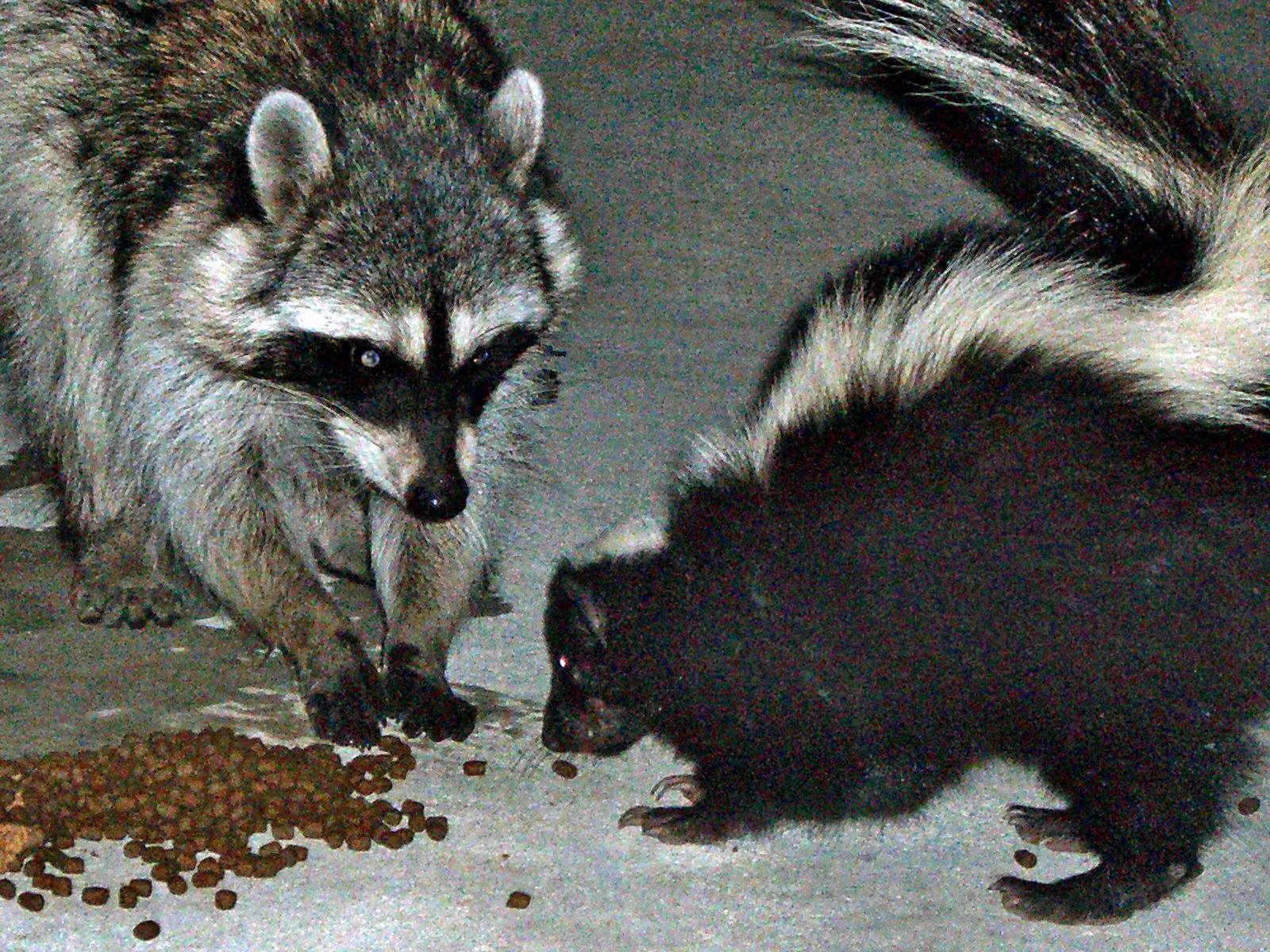
Life in the city isn’t all easy pickings for raccoons. They face a host of dangers—traffic, poisons, unfriendly pets, and people intent on keeping them away. Raccoons are often misunderstood and sometimes unfairly blamed for messes they didn’t make. Urban environments also expose them to diseases and parasites, such as rabies and canine distemper, which can spread quickly among dense populations. Despite these challenges, raccoons keep finding ways to survive and even flourish. Their ability to adapt to threats sets them apart from many other wild animals, who might flee or perish in the face of such adversity.
Adapting to the Seasons: Year-Round Survivors
Raccoons don’t hibernate, but they do slow down in winter, sleeping for days when it’s extra cold. During warmer months, they’re constantly on the move, searching for food and new shelter. Their thick fur helps them stay warm, and their habit of storing fat ensures they survive tough times. In spring, raccoons take advantage of abundant food, while in fall, they gorge themselves to prepare for winter. Their seasonal rhythms are perfectly tuned to both the wild and the urban world. Whether it’s a blizzard or a heatwave, raccoons always seem to find a way to make it through.
Living Side by Side: Raccoons and People
Few wild animals have become so intertwined with human life as the raccoon. They live in our parks, scavenger our streets, and sometimes even make their homes in our attics. This close relationship can be both charming and challenging. Some people delight in watching raccoons’ antics, while others see them as pests. Yet, whether we like it or not, raccoons have become permanent residents of our cities and suburbs. They remind us that nature is never far away—even in the heart of a metropolis. In a strange way, raccoons are our wild neighbors, adapting their ways to fit in with our own.
The Science of Survival: Evolution in Action
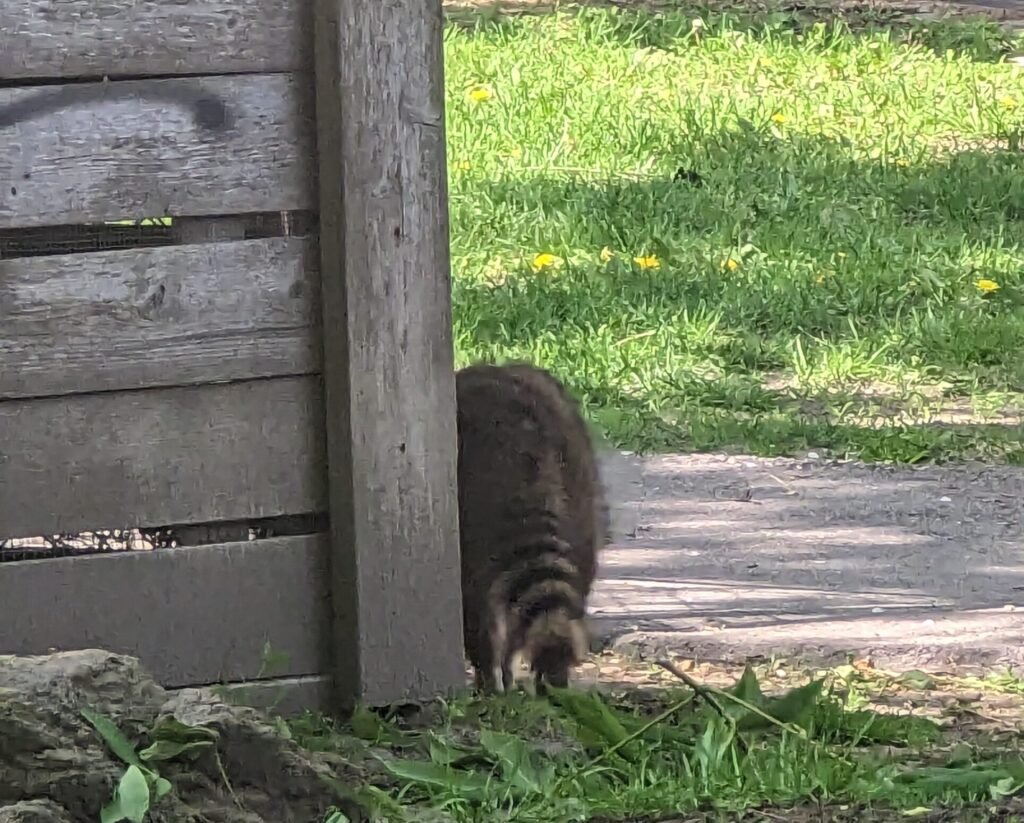
Scientists are fascinated by the raccoon’s rapid adaptation to urban life. Studies show that city raccoons often behave differently from their rural cousins—they’re bolder, more curious, and even have smaller home ranges. Some researchers believe that urban environments are driving raccoon evolution, selecting for traits like intelligence, fearlessness, and dexterity. The raccoon’s story is a living example of evolution in real time, as natural selection shapes a species to fit a new world. As cities continue to grow, raccoons may become even more specialized, evolving right alongside us.
Myths and Misconceptions: Separating Fact from Fiction
Raccoons have inspired plenty of tall tales—some true, others wildly exaggerated. Some people believe raccoons always wash their food, but in reality, they just like to dip it in water when they can. Others think raccoons are always aggressive, but most prefer to avoid confrontation. Raccoons are sometimes blamed for knocking over trash cans, but often it’s other animals or the wind. These myths often lead to misunderstandings and unnecessary conflict. Learning the truth about raccoons helps us appreciate their real strengths—and avoid needless fear or hostility.
Raccoons in Popular Culture: Folk Heroes and Villains
From children’s books to cartoons, raccoons have captured our imagination. Their mischievous nature and expressive faces make them perfect characters in stories and films. In Native American folklore, raccoons often appear as clever tricksters, using their wits to outsmart bigger animals. Modern movies and TV shows continue this tradition, casting raccoons as loveable rogues or crafty villains. These cultural depictions reflect our complicated feelings about raccoons—admiration for their smarts, annoyance at their messes, and maybe even a bit of envy at their freedom to roam.
Citizen Science: Tracking the Urban Bandit
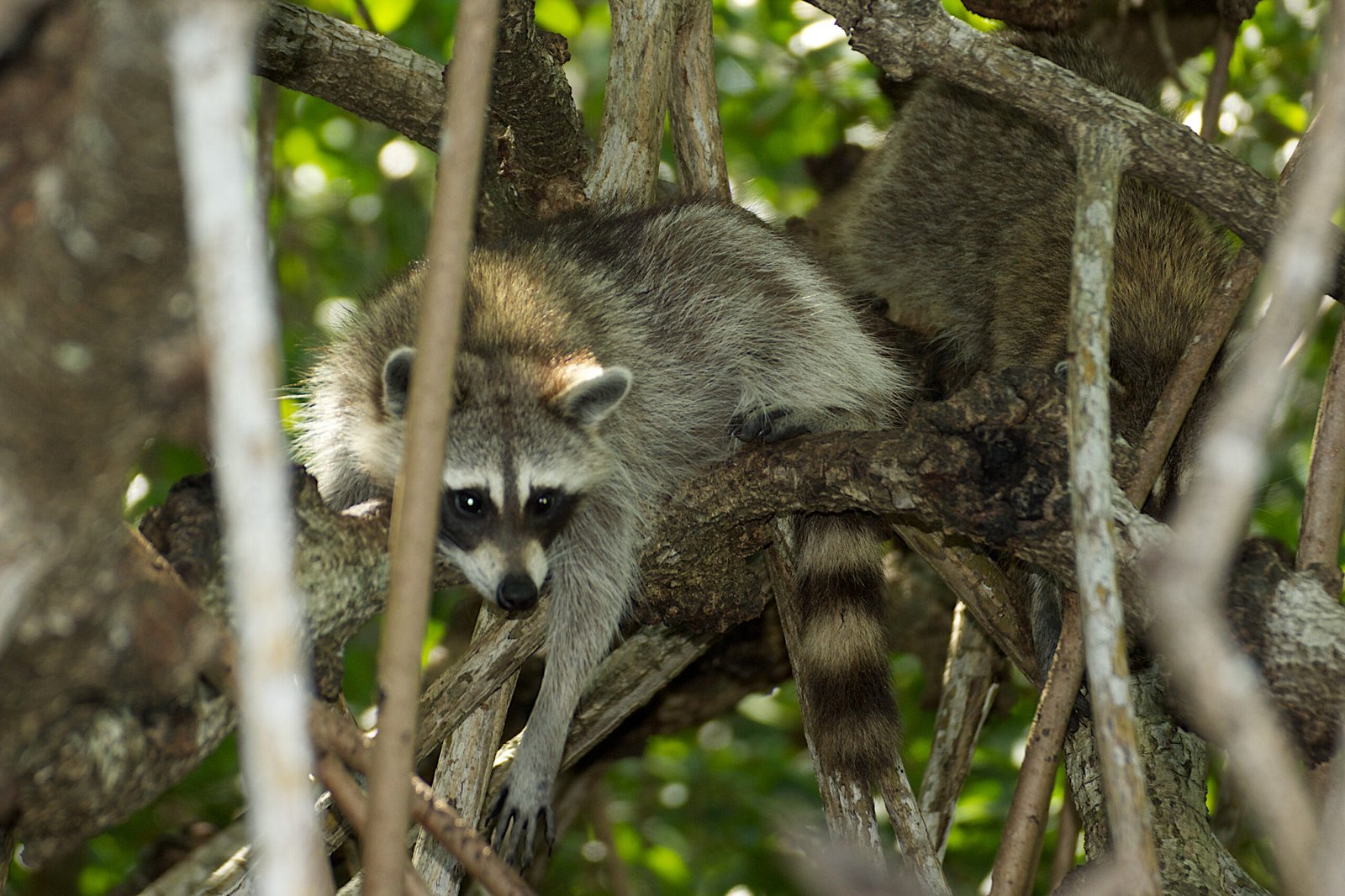
Across North America, scientists and ordinary citizens alike are working together to study raccoons. Urban wildlife monitoring projects invite people to report sightings, set up motion-activated cameras, and even participate in tagging programs. These efforts help researchers understand how raccoons move through cities, what they eat, and how they interact with people. Citizen science projects not only gather valuable data but also build a sense of connection between communities and their wild inhabitants. The more we learn, the better we can manage our coexistence with raccoons.
Conservation Status: Thriving Against the Odds
Unlike many wild animals, raccoons are not endangered. In fact, their populations are growing in many areas, thanks in large part to their adaptability. However, this success brings its own challenges. As raccoon numbers rise, so do conflicts with humans, and managing these interactions becomes increasingly important. Conservationists focus on educating the public about safe and humane ways to discourage raccoons from becoming a nuisance, while also ensuring they’re not harmed unnecessarily. The raccoon’s resilience is a testament to nature’s ability to adapt, but it’s up to us to ensure that this success story continues responsibly.
Lessons from the Mask: What Raccoons Teach Us
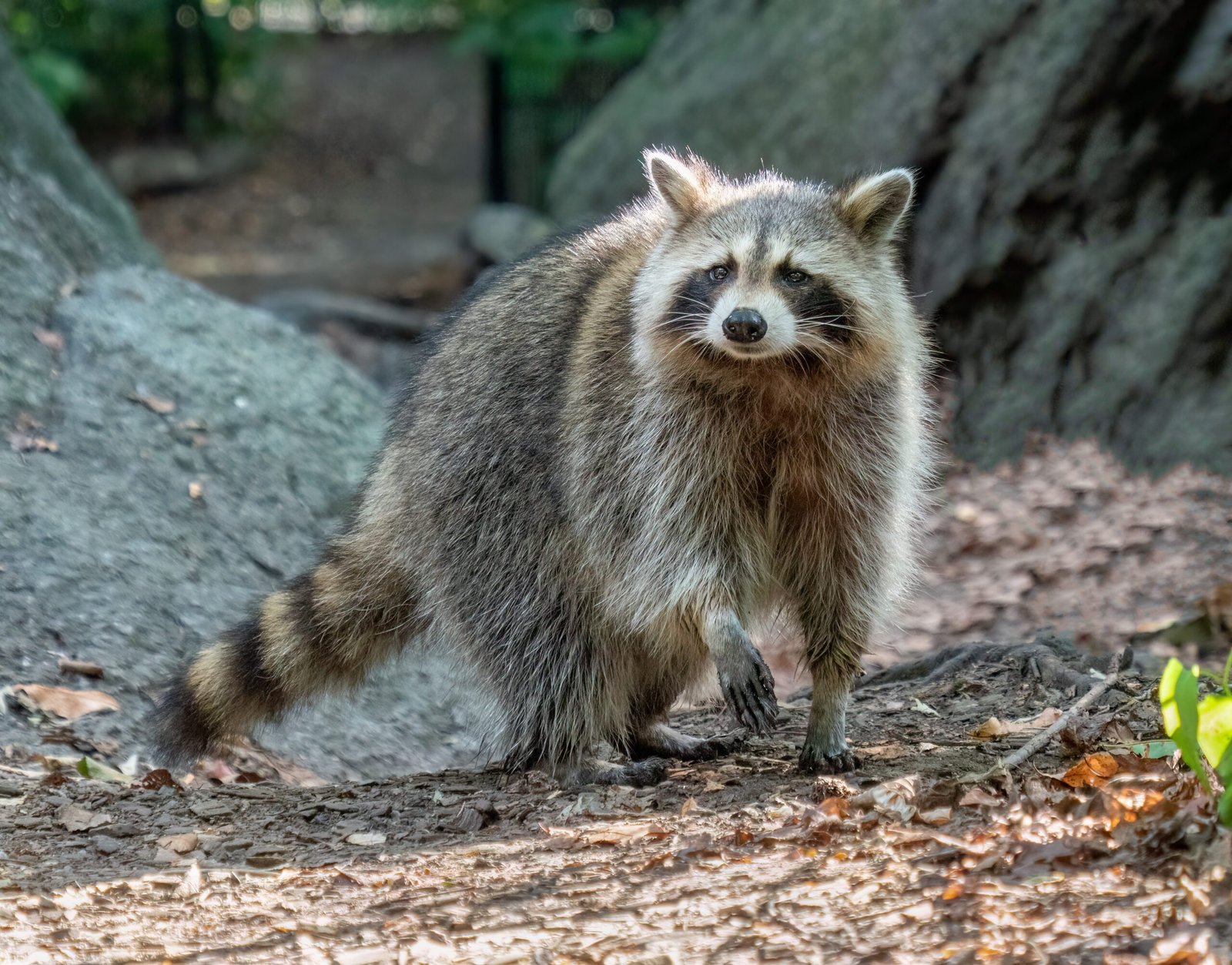
There’s something inspiring about the raccoon’s story. Against all odds, these animals have found a way to thrive in a world that’s constantly changing. Their resourcefulness, courage, and intelligence are a reminder that adaptation is key to survival—for animals and humans alike. Watching a raccoon navigate the chaos of the city with calm determination can teach us a thing or two about facing our own challenges. Maybe that’s why, despite their reputation, raccoons have earned a place in our hearts as survivors, tricksters, and unexpected teachers.
How to Live in Harmony: Coexistence Tips
Living alongside raccoons isn’t always easy, but with a few simple steps, we can minimize conflicts. Securing trash cans, removing outdoor food sources, and sealing entry points to attics or sheds can go a long way toward keeping raccoons at bay. If you encounter a raccoon, it’s best to admire from a distance and avoid feeding them. Humane deterrents, like motion-activated lights or sprinklers, can discourage visits without harm. By respecting raccoons’ space and understanding their needs, we can find a balance that works for everyone. After all, sharing our cities with wildlife is part of what makes urban life so fascinating.
The Future of Urban Wildlife: Adapting Together

As cities expand and natural habitats shrink, more animals will likely follow the raccoon’s lead, learning to adapt to urban life. Raccoons are the pioneers of this new world—a glimpse of what’s possible when nature meets the city. The next generation of wildlife managers, scientists, and city dwellers will face the challenge of creating spaces where both people and animals can thrive. The story of the raccoon offers hope that coexistence is possible, and that resilience will always find a way.
Closing Thoughts: The Masked Bandit’s Legacy

The raccoon’s journey from the deep woods to the heart of the city is nothing short of extraordinary. Their adaptability, intelligence, and courage have turned them from shy forest dwellers into icons of urban resilience. Every time you spot a raccoon slipping through the shadows, remember: you’re witnessing a living symbol of survival against the odds. What lessons will we take from the raccoon’s story as our own world continues to change?




